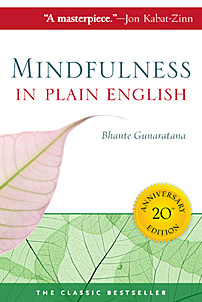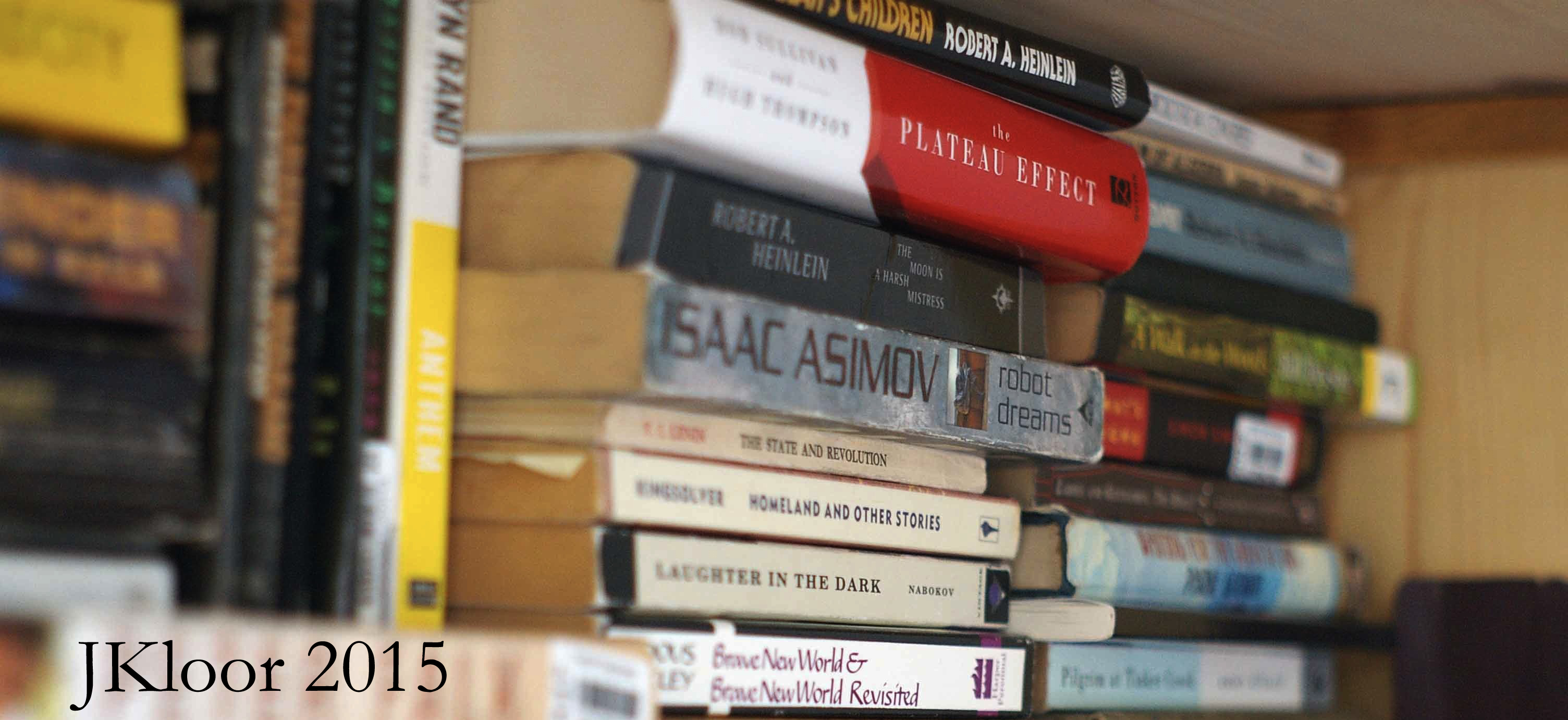
With over a quarter of a million copies sold, Mindfulness in Plain English is one of the most
influential books in the burgeoning field of mindfulness and a timeless classic introduction to
meditation. This is a book that people read, love, and share - a book that people talk about,
write about, reflect on, and return to over and over again.
Quotes and thoughts while reading:
So the book makes it (painfully) clear that the path to mindfulness lies in meditation. There are
various forms of meditation, but the path chosen by Gunaratana is Vipassana. For me, I would have enjoyed
a concise definition of mindfulness in the beginning, then read about meditation. But, as we read later,
there is no concise definition of mindfulness.
The simplest way I can express what mindfulness is follows: "Mindfulness is awareness of change. It is
observing the passing flow of experience. It is watching things as they are changing... One just sits back
and watches the show... It is seeing how that thing makes us feel and how we react to it... In mindfulness,
one is an unbiased observer whose sole job is to keep track of the constantly passing show of the universe within." (p 135)
Now, what the above section shows us is why we read so much about meditation. How does one achieve the mental prowess to simply
observe? Meditation. We focus on the breath at first, and feel the world tugging at our mind, and with each tug we move back to the
breath, to say no to the invisible string that is tugging us. We do this in a controlled setting, so that when we are out in the world,
and something upsets us, the very visible string can again be said no to. I find it fascinating how frustrated I was while reading
about meditation, but I know that without working through it, this part of the book would not feel the same.
Three Fundamental Activities:
Mindfulness reminds you of what you are supposed to be doing
Mindfulness sees things as they really are
Mindfulness see the true nature of all phenomena
There are 5 hindrances that are examined. They are desire for sensual pleasure, aversion, mental lethargy, agitation, and doubt.
When you consider these hindrances, and ones wishes to avoid them, establishments such as monasteries, or intentional communities, begin to make sense.
If it is through this lens that you see the world, you must lock yourself away from these "hindrances" to make your path towards enlightenment that
much less difficult (I refused to say easy). I can't at this time make a value judgment whether or not it is correct to remove yourself from these
hindrances. There are arguments on both sides. Ask me about it sometime, let's chat.
The Four Sublime States are interrelated; we cannot develop one without the other. They are: the power of loving friendliness,
compassion, appreciative joy, and equanimity. On page 174 you can read 4 great examples of each of these phases as seen through a parents eyes
toward their child. I will work on bringing the power of loving friendliness more into my life. It is so difficult with the egoistic mentality
that our society has stressed upon us. I can feel the roots that cling to the societal soil being pulled at by the theory of mindfulness.
My plant does not wish to let go, but I wish it would.
But I have to ask, what does it mean to let go? Are you falling off the face of the planet,
or are you falling onto it?
© JKloor 2015 Books
